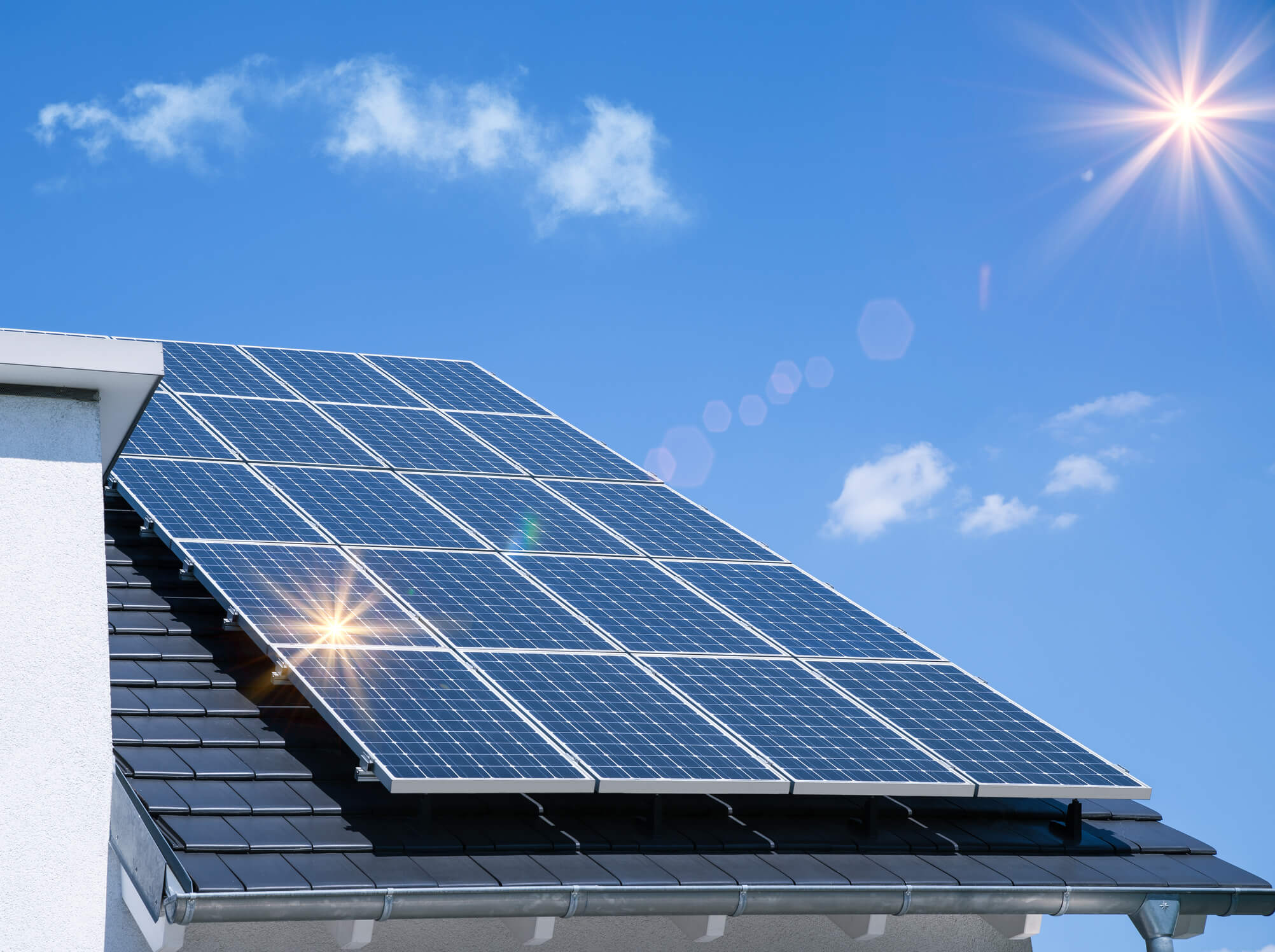

Articles
How To Store Electricity From Solar Panels
Modified: January 9, 2024
Learn how to store electricity generated by solar panels efficiently. Our articles provide valuable insights and tips for effective energy storage solutions.
(Many of the links in this article redirect to a specific reviewed product. Your purchase of these products through affiliate links helps to generate commission for Storables.com, at no extra cost. Learn more)
Introduction
As the world transitions towards a more renewable and sustainable energy future, solar power has emerged as a leading source of clean electricity. Solar panels, also known as photovoltaic (PV) panels, harness the sun’s energy and convert it into electricity. However, one major challenge with solar power is its intermittent nature, as the sun does not shine continuously. To address this issue, the storage of electricity generated from solar panels has become crucial for maximizing the benefits of solar energy.
Solar energy storage allows the excess electricity generated by solar panels to be stored for later use when the sun is not available, such as during nighttime or cloudy days. It ensures a stable and reliable power supply, even when solar production is limited. This article will explore different aspects of storing electricity from solar panels, including the types of solar panel systems, battery technologies, capacity requirements, charging and discharging techniques, safety considerations, and maintenance procedures.
By effectively integrating energy storage solutions with solar panels, individuals and businesses can optimize their energy consumption, reduce reliance on fossil fuels, and contribute to a greener planet. Whether you are considering installing solar panels or already have them, understanding how to store electricity efficiently is key to maximizing the benefits of solar power.
Key Takeaways:
- Efficient solar energy storage is essential for a reliable power supply, and understanding the types of solar panel systems, battery technologies, and capacity requirements is crucial for maximizing the benefits of solar power.
- Proper maintenance, safety considerations, and monitoring practices are vital for optimizing the performance and longevity of solar energy storage systems, ensuring efficient energy production and utilization.
Read more: How To Store Power From Solar Panels
Understanding Solar Panels
Solar panels are devices that convert sunlight into usable electrical energy through the photovoltaic effect. They consist of interconnected solar cells made of semiconductor materials, typically silicon, which absorb photons from sunlight and generate an electric current.
The efficiency of solar panels is measured by their ability to convert sunlight into electricity. Modern solar panels have an efficiency range of 15% to 22%, meaning they can convert that percentage of sunlight into electrical energy. Higher efficiency panels are more expensive but can generate more electricity in a given space.
Solar panels come in various sizes and configurations, including monocrystalline, polycrystalline, and thin-film. Monocrystalline panels are made of single-crystal silicon and have a uniform, black appearance. They are more efficient and take up less space, making them ideal for residential installations. Polycrystalline panels, on the other hand, are made of multiple silicon crystals and have a bluish appearance. They are slightly less efficient but more affordable. Thin-film panels, made of thin semiconductor layers, are less efficient but more flexible and can be integrated into building materials.
It’s important to consider factors such as available space, budget, and energy needs when choosing solar panels. The installation of solar panels requires proper positioning to maximize sunlight exposure. Ideally, solar panels should face south in the northern hemisphere and north in the southern hemisphere to receive the most sunlight throughout the day.
Understanding the basics of solar panels is crucial for efficiently harnessing solar energy. By selecting the appropriate type of solar panel and optimizing their placement, individuals and businesses can maximize their electricity generation and storage potential.
Types of Solar Panel Systems
There are primarily two types of solar panel systems: grid-tied systems and off-grid systems. Each system has its own characteristics and benefits, depending on individual energy needs and circumstances.
1. Grid-tied Systems:
Grid-tied systems are the most common type of solar panel system. They are connected to the local utility grid, allowing the excess electricity generated by the solar panels to be fed back into the grid. In this system, there is no need for battery storage as any additional energy not immediately used is sent back to the grid and credited to the owner. This credit, called net metering, can offset the electricity consumed from the grid during low solar production periods, effectively reducing utility bills.
Grid-tied systems are ideal for those who live in areas with reliable and stable grid connections. They offer the advantage of not requiring additional batteries, simplifying the system setup and reducing the overall cost. However, it’s important to note that these systems may not provide power during grid outages as they rely on the utility grid to function.
2. Off-grid Systems:
Off-grid systems, also known as standalone systems, are designed for properties that are not connected to the utility grid. These systems typically incorporate batteries for energy storage, allowing the electricity generated by the solar panels to be stored and used during times when solar production is limited or unavailable.
In an off-grid system, the batteries act as a power source during the night or when the sun is not shining. The stored energy can be used to power lights, appliances, and other electrical devices. Off-grid systems require careful planning and sizing of the solar panels and battery storage capacity to ensure sufficient power supply throughout the year.
Off-grid systems are commonly used in remote areas where connecting to the grid is not feasible or cost-effective, such as cabins, RVs, and remote homes. These systems provide independence from the utility grid and can be a reliable source of electricity in areas with unstable or unreliable grid connections.
Choosing the right type of solar panel system depends on factors such as energy needs, location, grid availability, and budget. Both grid-tied and off-grid systems have their own advantages, and it’s essential to assess individual requirements before making a decision.
Basics of Electricity Storage
Electricity storage is a crucial component of any solar energy system. It allows excess electricity generated by solar panels to be stored for later use, ensuring a continuous and reliable power supply. Several methods are used to store electricity, including batteries, pumped hydro storage, and thermal energy storage.
Batteries:
Batteries are the most common and widely used form of electricity storage in solar systems. They store electrical energy in chemical form and can discharge it when needed. The two primary types of batteries used in solar energy systems are lead-acid batteries and lithium-ion batteries.
Lead-acid batteries are affordable and robust, making them a popular choice for off-grid solar systems. They require regular maintenance and may have a shorter lifespan compared to lithium-ion batteries. On the other hand, lithium-ion batteries offer higher efficiency, longer lifespan, and require little maintenance. They are more suitable for grid-tied systems or applications that require frequent cycling.
Pumped Hydro Storage:
Pumped hydro storage is a method of electricity storage that utilizes the potential energy of water. It involves pumping water from a lower reservoir to a higher reservoir during periods of low electricity demand and excess generation. When electricity demand increases, the stored water is released back to the lower reservoir through turbines, generating electricity.
Pumped hydro storage systems are highly efficient, have a long lifespan, and can store large amounts of electricity. However, they require specific geographical and topographical conditions, making them limited to certain locations.
Thermal Energy Storage:
Thermal energy storage is a method of storing electricity by converting it into heat or cold. This storage method is commonly used in concentrated solar power (CSP) systems, where the heat generated by solar thermal collectors is stored in molten salt or other materials. The stored heat can then be used to generate steam, which drives a turbine to produce electricity.
Thermal energy storage systems are suitable for large-scale solar power plants and can provide continuous power even when sunlight is not available. However, they require advanced technology and infrastructure, making them less common in residential or small-scale solar installations.
Understanding the basics of electricity storage is essential for designing an effective and efficient solar energy system. By selecting the right storage method and capacity, individuals and businesses can ensure a constant supply of electricity and maximize the utilization of solar energy.
Battery Technologies for Solar Energy Storage
When it comes to solar energy storage, batteries play a vital role in storing excess electricity generated by solar panels. There are several battery technologies available, each with its own advantages and considerations for solar energy storage.
Lead-Acid Batteries:
Lead-acid batteries have been used for decades and are a common choice for solar energy storage. They are reliable, affordable, and have a relatively long lifespan. However, lead-acid batteries require regular maintenance, including monitoring electrolyte levels and ensuring proper ventilation to prevent the accumulation of explosive gases.
Lithium-Ion Batteries:
Lithium-ion batteries have gained popularity in recent years due to their high energy density, longer lifespan, and low maintenance requirements. They are more expensive upfront but offer improved efficiency and a higher depth of discharge (DOD), meaning they can be discharged more before recharging. Lithium-ion batteries are also lighter and more compact, making them suitable for both residential and commercial solar energy storage systems. However, they require a battery management system (BMS) to prevent overcharging or overheating, ensuring their safe operation and longevity.
Sodium-Ion Batteries:
Sodium-ion batteries are an emerging technology for solar energy storage. They offer similar performance and characteristics to lithium-ion batteries but use sodium ions instead of lithium ions for energy storage. Sodium is more abundant and less expensive than lithium, making sodium-ion batteries a potential cost-effective alternative. However, sodium-ion batteries are still in the research and development phase and are not widely available in the market.
Flow Batteries:
Flow batteries are another type of battery technology used for solar energy storage. They store energy in tanks of electrolyte solutions, which are pumped through a cell stack to generate electricity. The advantage of flow batteries is their ability to separate the energy storage capacity from the power capacity, allowing for scalable and flexible system designs. They also have a longer lifespan and can endure a higher number of charge-discharge cycles compared to traditional batteries. However, flow batteries are currently more expensive and require larger physical footprints.
It’s important to consider factors such as cost, lifespan, efficiency, maintenance requirements, and safety when choosing battery technologies for solar energy storage. Consulting with a solar energy professional can help determine the most suitable battery technology based on individual energy needs and budget.
Consider investing in a solar battery storage system to store excess electricity generated by your solar panels for use during times of low sunlight or power outages. This can help maximize your energy independence and reduce reliance on the grid.
Read more: How To Store Energy From Solar Panels
Battery Sizing and Capacity Requirements
Proper battery sizing is essential for efficient and reliable solar energy storage. The size and capacity of the battery bank should be carefully calculated to meet the energy needs of a home or business, considering factors such as daily energy consumption, solar panel output, and desired autonomy.
Daily Energy Consumption:
The first step in determining battery size is to calculate the average daily energy consumption. This includes all the electrical appliances, lights, and devices that will draw power from the battery during periods of low solar production. It’s important to consider both the maximum and minimum energy requirements to ensure sufficient capacity for the entire day.
Solar Panel Output:
The second factor to consider is the solar panel output, which determines how much energy can be generated and stored in the batteries. The size of the solar panel array will depend on the available roof or ground space, as well as the desired level of solar energy production. A larger solar array can generate more electricity and provide faster charging of the batteries.
Desired Autonomy:
Autonomy refers to the number of days the battery can supply power without relying on solar energy. It’s important to consider how many consecutive days the battery must provide electricity during times of low solar production or inclement weather. The desired autonomy will depend on individual needs and the availability of backup power alternatives. A longer autonomy may require a larger battery bank to support extended periods of energy storage without recharging.
Battery Capacity and Depth of Discharge:
The capacity of the batteries, usually measured in kilowatt-hours (kWh), determines how much energy can be stored. It’s important to consider the depth of discharge (DOD), which is the percentage of battery capacity that can be safely discharged without causing damage or significantly reducing battery lifespan. For example, a battery with a 70% DOD should not be discharged beyond 70% of its total capacity. A higher DOD allows for more usable energy but may reduce battery lifespan.
Battery Efficiency and Losses:
It’s also crucial to consider battery efficiency and losses in the overall storage system. Batteries have internal losses when charging and discharging energy, reducing the overall efficiency of energy storage. It’s important to account for these losses when calculating the required battery capacity.
Consulting with a solar energy professional can greatly help in accurately sizing the battery bank and determining the capacity requirements based on specific energy consumption, solar panel output, desired autonomy, and other relevant factors. Proper battery sizing ensures optimal utilization of stored solar energy and reliable power supply when the sun is not shining.
Charging and Discharging Techniques
The charging and discharging techniques used in solar energy storage systems significantly impact the performance, efficiency, and lifespan of the batteries. Proper management of these processes ensures optimal utilization of solar energy and prolongs the life of the battery bank.
Charging Techniques:
There are different charging techniques employed in solar energy storage systems, depending on the battery technology and system configuration. Some of the common charging techniques include:
1. Constant Voltage Charging: In this technique, the battery is charged with a constant voltage level until it reaches its full capacity. Once the battery is fully charged, the charging process stops, preventing overcharging and potential damage to the battery.
2. Bulk Charging: During bulk charging, the battery is charged at its maximum current capacity until it reaches a certain voltage setpoint. This technique allows for faster charging during the initial stage when the battery is discharged, maximizing the efficiency of the charging process.
3. Absorption Charging: After the bulk charging phase, the charging technique shifts to absorption charging. In this stage, the battery voltage is held at a constant level to ensure that the battery is fully charged and to equalize the cell voltages. Once the battery reaches its full capacity, the charging process transitions to the float charging stage.
4. Float Charging: Float charging maintains the battery at a lower voltage level to keep it fully charged without overcharging. This technique is often used for long-term storage to ensure the battery remains at optimal levels without continuous high voltage charging, which can reduce battery lifespan.
Discharging Techniques:
The discharging of batteries in solar energy storage systems can be managed using various techniques to optimize performance and battery life. Some of the common discharge techniques include:
1. Depth of Discharge (DOD): DOD refers to the percentage of battery capacity that is discharged during usage. Limiting the DOD to a certain percentage, such as 50% or 70%, helps extend battery life and prevents excessive strain on the cells. It’s important to balance the desired DOD with energy requirements to ensure sufficient power supply while maintaining battery longevity.
2. Load Management: Implementing load management techniques can help optimize energy usage and ensure the battery is not excessively discharged. This involves monitoring and controlling the electrical load to prevent overloading and unnecessary draining of the battery.
3. Battery Monitoring: Regular monitoring of battery performance and voltage levels is crucial to prevent overdischarging. Advanced battery management systems (BMS) can provide real-time data on battery status, enabling timely interventions or adjustments to maximize battery life and performance.
Implementing proper charging and discharging techniques is vital for effective utilization of solar energy and ensuring the longevity of battery storage. Consulting with a solar energy professional and using advanced battery management systems can help optimize these processes based on specific battery technology, system configuration, and energy requirements.
Safety Considerations for Storing Electricity
Storing electricity from solar panels requires careful attention to safety measures to ensure the protection of individuals, property, and the overall system. Here are some essential safety considerations for storing electricity:
1. Battery Enclosure:
Proper enclosure of the battery system is crucial to prevent accidental contact with live electrical components. The enclosure should be designed and installed according to safety standards, ensuring it provides adequate protection against electrical hazards and physical damage. It should also be properly ventilated to prevent the accumulation of explosive gases, especially in the case of lead-acid batteries.
2. Overcurrent Protection:
Installing overcurrent protection devices, such as circuit breakers or fuses, is essential to protect the battery system and the electrical circuit from excessive current. These devices help prevent short circuits, overloads, and potential electrical hazards by interrupting the flow of electricity when current exceeds predefined limits.
3. Grounding:
Proper grounding of the solar energy storage system is crucial to protect against electric shocks and ground faults. It involves connecting the system to an adequate grounding system, such as grounding rods or conductive structures, to provide a pathway for electrical faults and safely dissipate any excess electrical charge.
4. Fire Safety:
Fire safety is paramount when storing electricity, as batteries can generate heat and pose a fire risk if not properly managed. Installing fireproof barriers and fire suppression systems, such as fire-resistant enclosures and extinguishing agents, can help mitigate the risk of fire in the event of a battery malfunction or thermal runaway.
5. Safety Training and Education:
Proper training and education for individuals working with or around the solar energy storage system are essential to ensure safety. This includes understanding the risks associated with battery storage, proper handling and maintenance procedures, emergency response protocols, and the use of personal protective equipment (PPE) when necessary.
6. Regular Maintenance and Inspections:
Regular maintenance and inspections of the storage system are crucial to identify and address any potential safety issues. This includes checking for loose connections, signs of damage or corrosion, proper ventilation, and ensuring the battery system is operating within specified temperature and voltage limits.
7. Compliance with Codes and Standards:
Adhering to local electrical codes and industry safety standards is essential for storing electricity safely. It ensures that the system is designed, installed, and operated in compliance with applicable regulations, reducing the risk of electrical hazards and ensuring the overall safety of the installation.
By implementing these safety considerations, individuals and businesses can store electricity from solar panels safely and effectively, minimizing the risk of accidents, electrical hazards, and property damage.
Maintenance and Monitoring of Solar Energy Storage Systems
Proper maintenance and monitoring of solar energy storage systems are crucial for maximizing their performance, ensuring longevity, and detecting potential issues early on. Regular maintenance and monitoring practices can help optimize energy production, prevent system failures, and ensure the efficient utilization of stored electricity.
1. Battery Maintenance:
Regular battery maintenance is essential to ensure optimal performance and longevity. This includes monitoring battery charge levels, inspecting for signs of damage or corrosion, and checking electrolyte levels (for lead-acid batteries). It’s important to follow the manufacturer’s recommendations for maintenance procedures and schedules.
2. Cleaning Solar Panels:
Keeping solar panels clean is crucial for maintaining maximum efficiency. Dust, debris, and dirt can accumulate on the panel surface, reducing the amount of sunlight that can be converted into electricity. Regular cleaning, following the manufacturer’s guidelines, can help optimize energy production and prevent any potential shading issues.
3. Inverter Maintenance:
The inverter is a key component of the solar energy storage system and should be maintained regularly. This includes checking for any warning lights or error messages, inspecting for loose connections, and ensuring proper ventilation for heat dissipation. It’s important to follow the manufacturer’s recommendations for inverter maintenance and conduct any necessary firmware updates.
4. Monitoring Energy Production:
Monitoring the energy production of the solar panels and the performance of the storage system is crucial for optimizing system efficiency. Energy monitoring systems can track energy production, voltage levels, and battery state of charge. Analyzing this data helps identify any anomalies or performance issues, allowing for timely corrective action.
5. Safety Checks:
Regular safety inspections should be conducted to ensure the overall safety of the system. This includes checking for physical damage, loose connections, proper grounding, and compliance with safety codes and regulations. Additionally, fire suppression systems should be regularly inspected and tested to ensure their proper functioning in the event of a fire.
6. Battery Cycling:
Periodically cycling the battery, discharging and recharging it to a certain level, can help maintain its performance and prevent capacity degradation. This practice helps balance the cells and equalize the battery voltage, ensuring optimal energy storage and prolonging battery life.
7. Professional Inspections:
Periodic professional inspections by a solar energy professional can provide a thorough assessment of the system’s overall performance and identify any potential issues that may require specialized attention. They can also offer recommendations for system optimization and provide insights into emerging technologies or enhancements.
By implementing a comprehensive maintenance and monitoring plan, individuals and businesses can ensure the efficient operation of their solar energy storage systems, maximize energy production, and prolong the lifespan of the system components.
Read more: How To Store Solar Panels
Conclusion
Solar energy storage is a crucial aspect of harnessing the full potential of solar power. It allows for the efficient utilization of electricity generated by solar panels, ensuring a continuous and reliable power supply even when the sun is not shining. By understanding the various components and considerations involved in storing electricity from solar panels, individuals and businesses can optimize their energy consumption, reduce reliance on traditional grid power, and contribute to a more sustainable future.
Throughout this article, we explored the different types of solar panel systems, including grid-tied and off-grid systems, each with unique benefits and considerations. We discussed battery technologies commonly used for storing solar energy, including lead-acid batteries, lithium-ion batteries, sodium-ion batteries, and flow batteries. Understanding the strengths and limitations of each technology is crucial for making informed decisions when selecting the appropriate battery system.
We also highlighted the importance of properly sizing the battery bank and considering capacity requirements based on energy consumption, solar panel output, and desired autonomy. Furthermore, we discussed the charging and discharging techniques that optimize energy storage and usage. Implementing these techniques effectively can help ensure efficient energy utilization, extend battery life, and prevent system failures.
Additionally, safety considerations were emphasized, such as proper enclosure, grounding, fire safety measures, and compliance with codes and standards. Safety should always be a priority when working with solar energy storage systems to prevent accidents, electrical hazards, and property damage.
Maintenance and monitoring of solar energy storage systems were also highlighted as crucial aspects of system management. Regular maintenance, including battery care, panel cleaning, inverter checks, and safety inspections, is necessary to optimize performance, detect potential issues, and prolong the life of the system components.
In conclusion, storing electricity from solar panels is an essential step towards achieving a sustainable and renewable energy future. By understanding the various facets of solar energy storage and implementing best practices, individuals and businesses can harness the maximum benefits of solar power, reduce their environmental impact, and contribute to a cleaner and greener world.
Frequently Asked Questions about How To Store Electricity From Solar Panels
Was this page helpful?
At Storables.com, we guarantee accurate and reliable information. Our content, validated by Expert Board Contributors, is crafted following stringent Editorial Policies. We're committed to providing you with well-researched, expert-backed insights for all your informational needs.
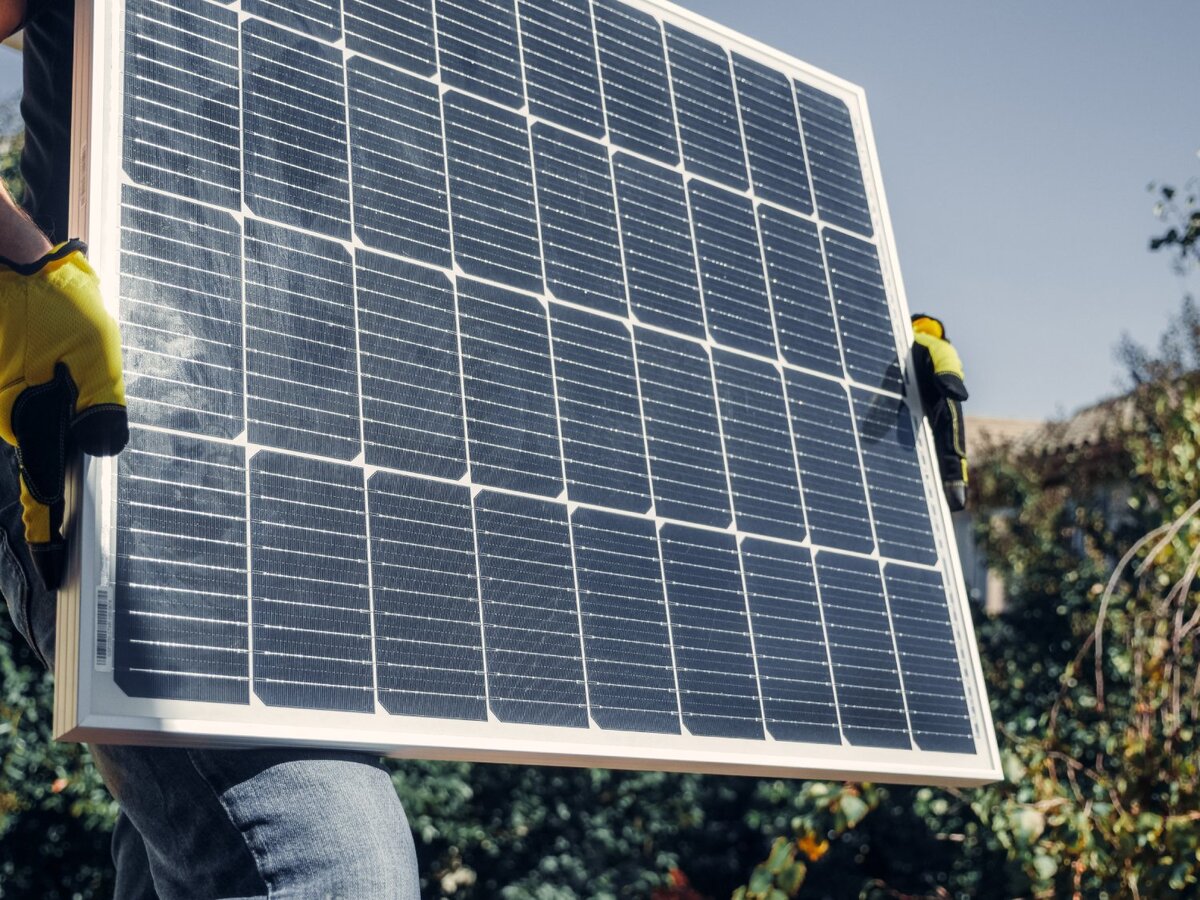
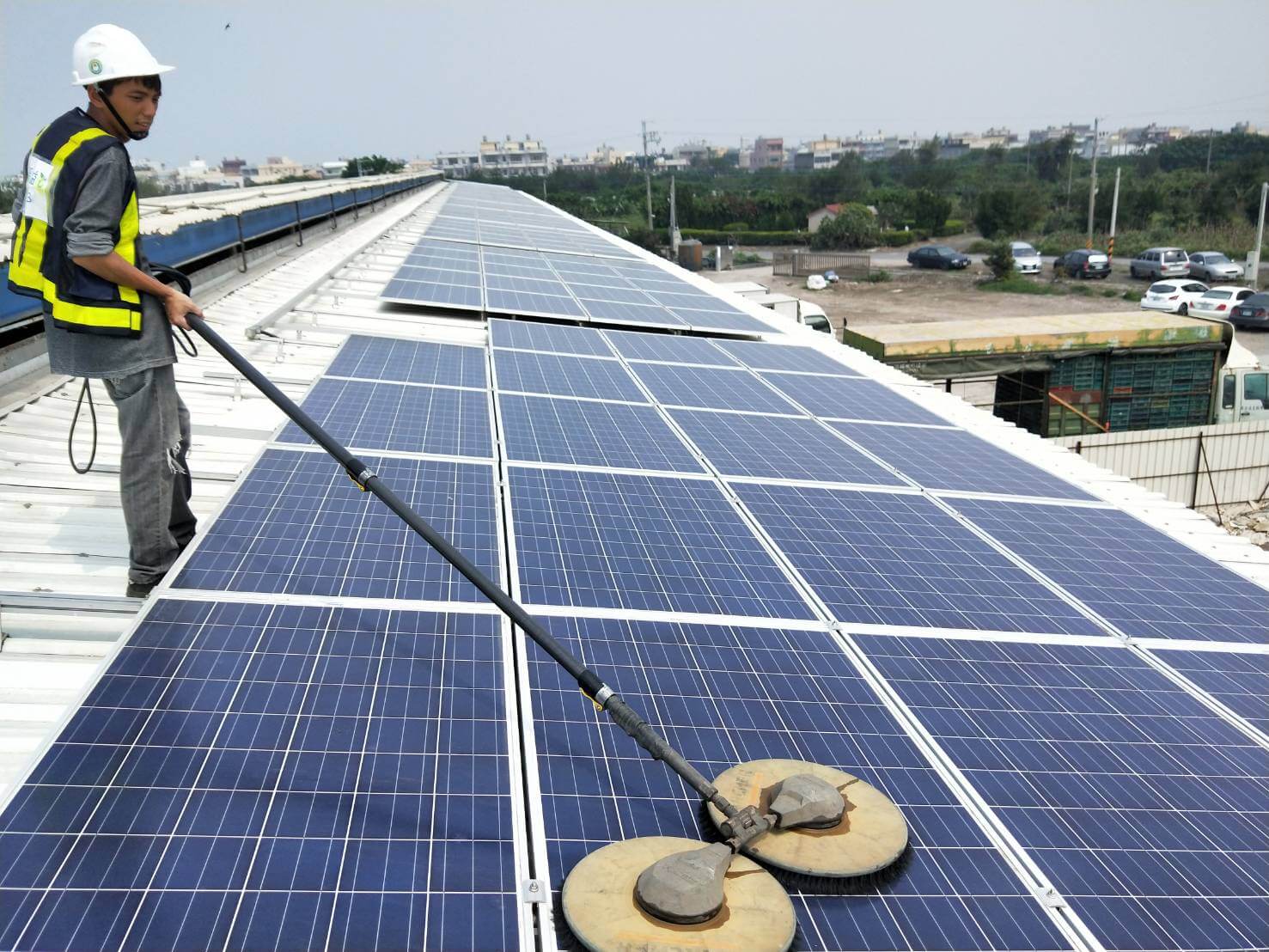
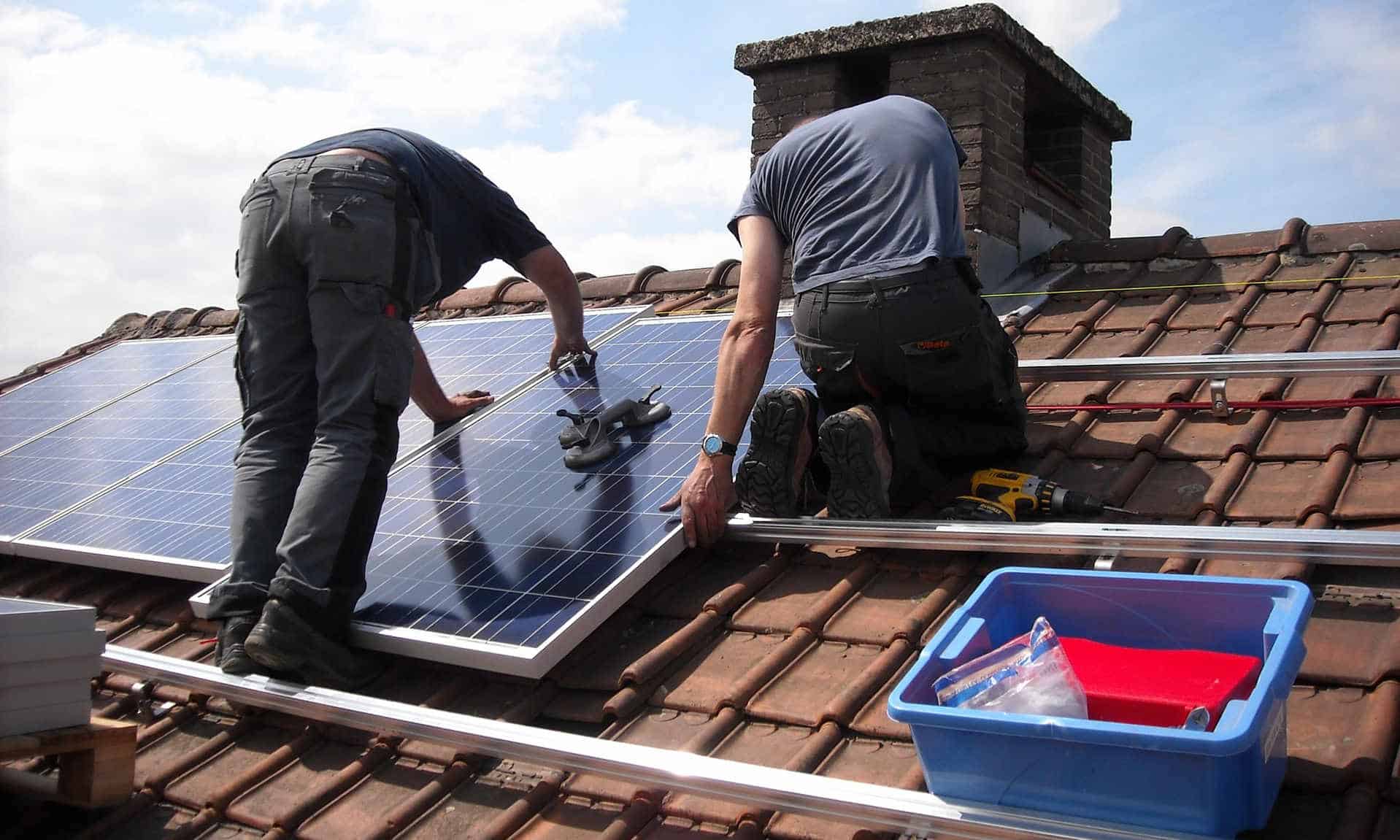
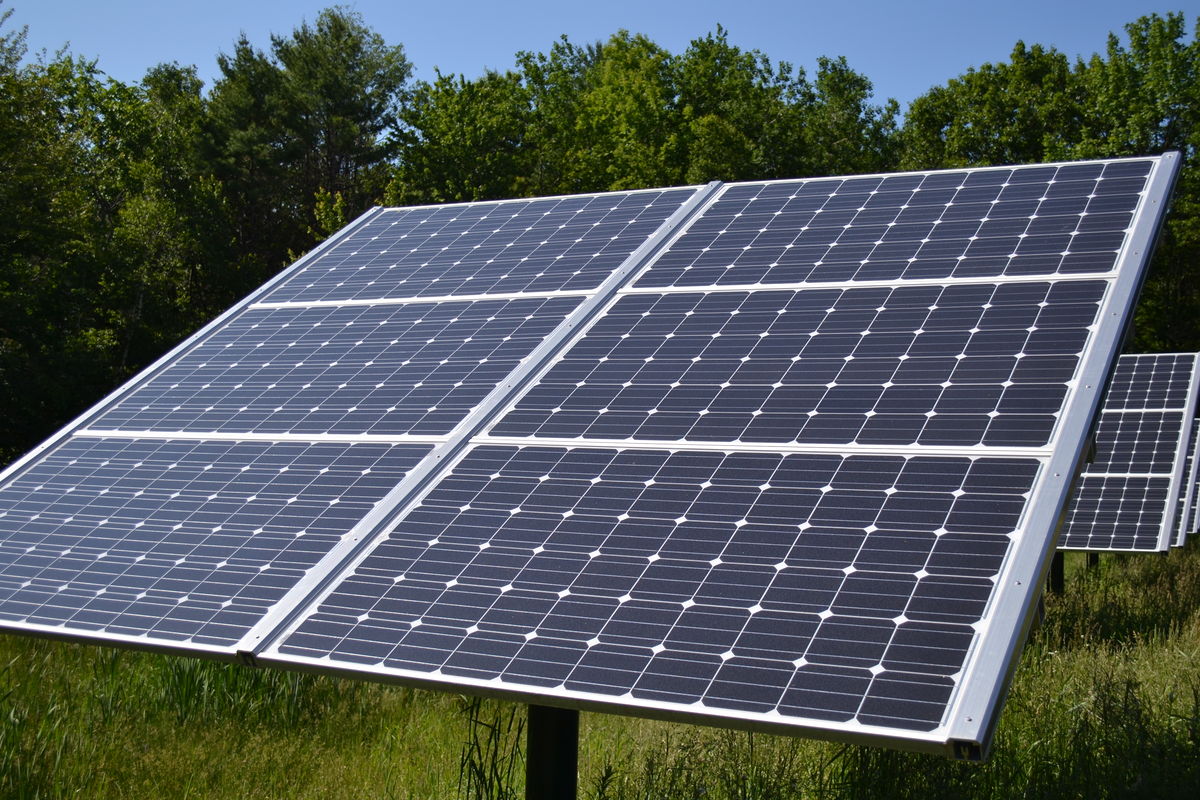
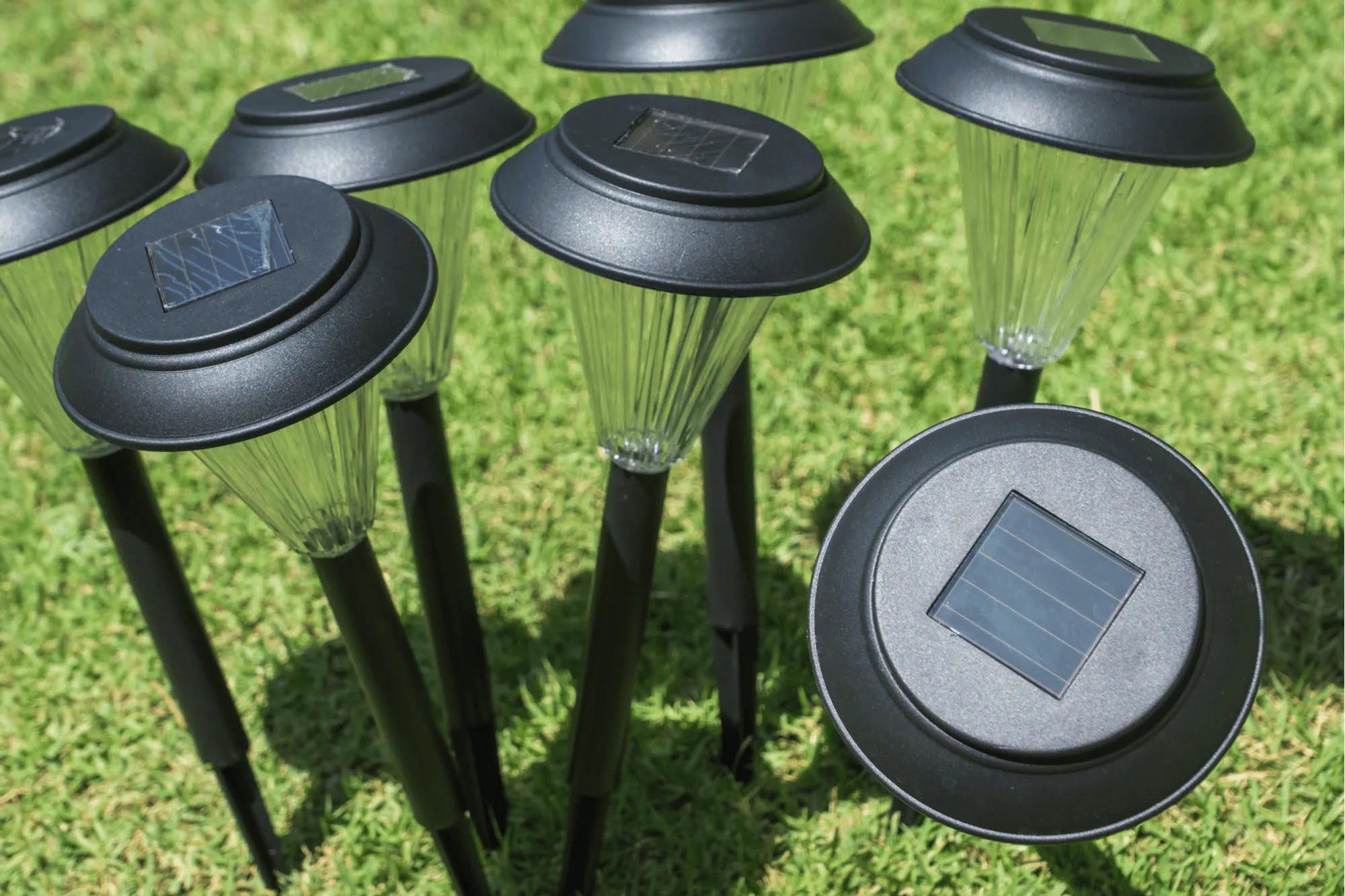
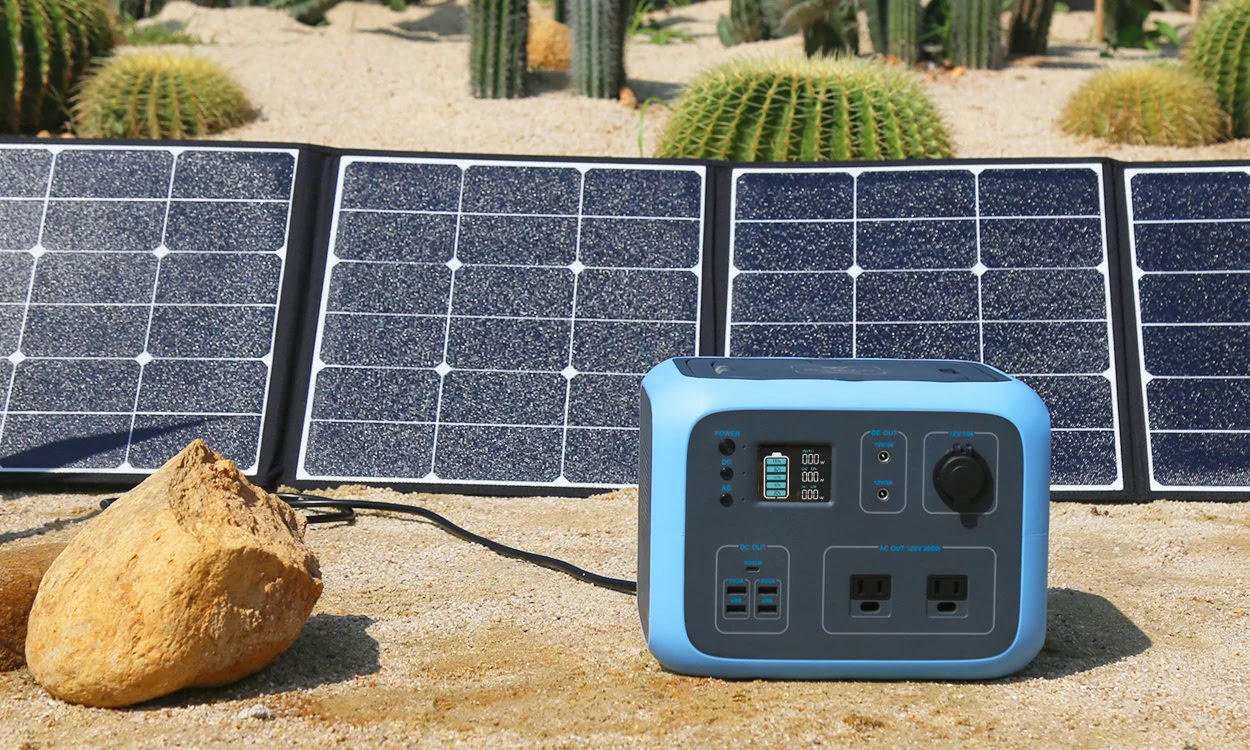
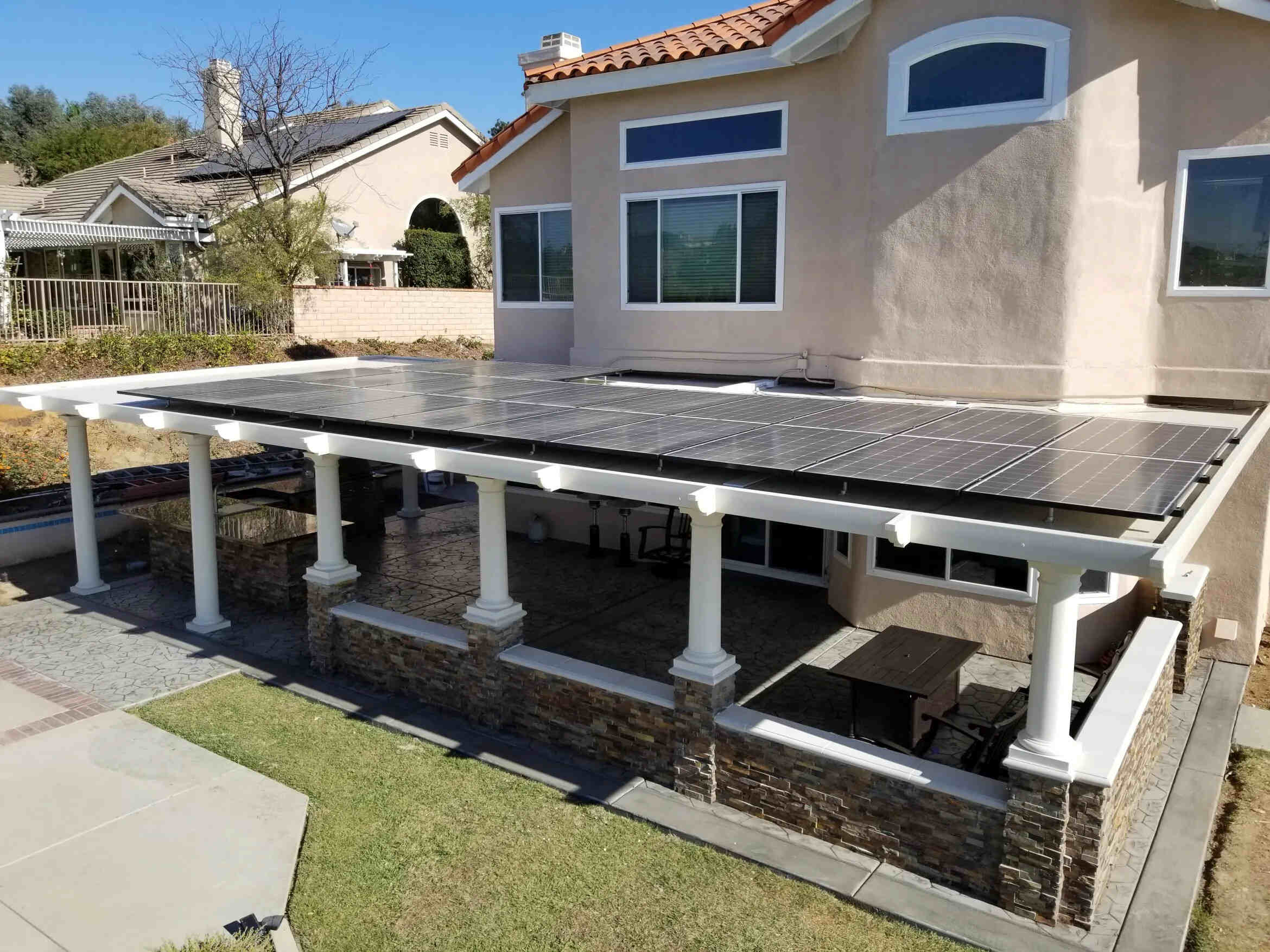
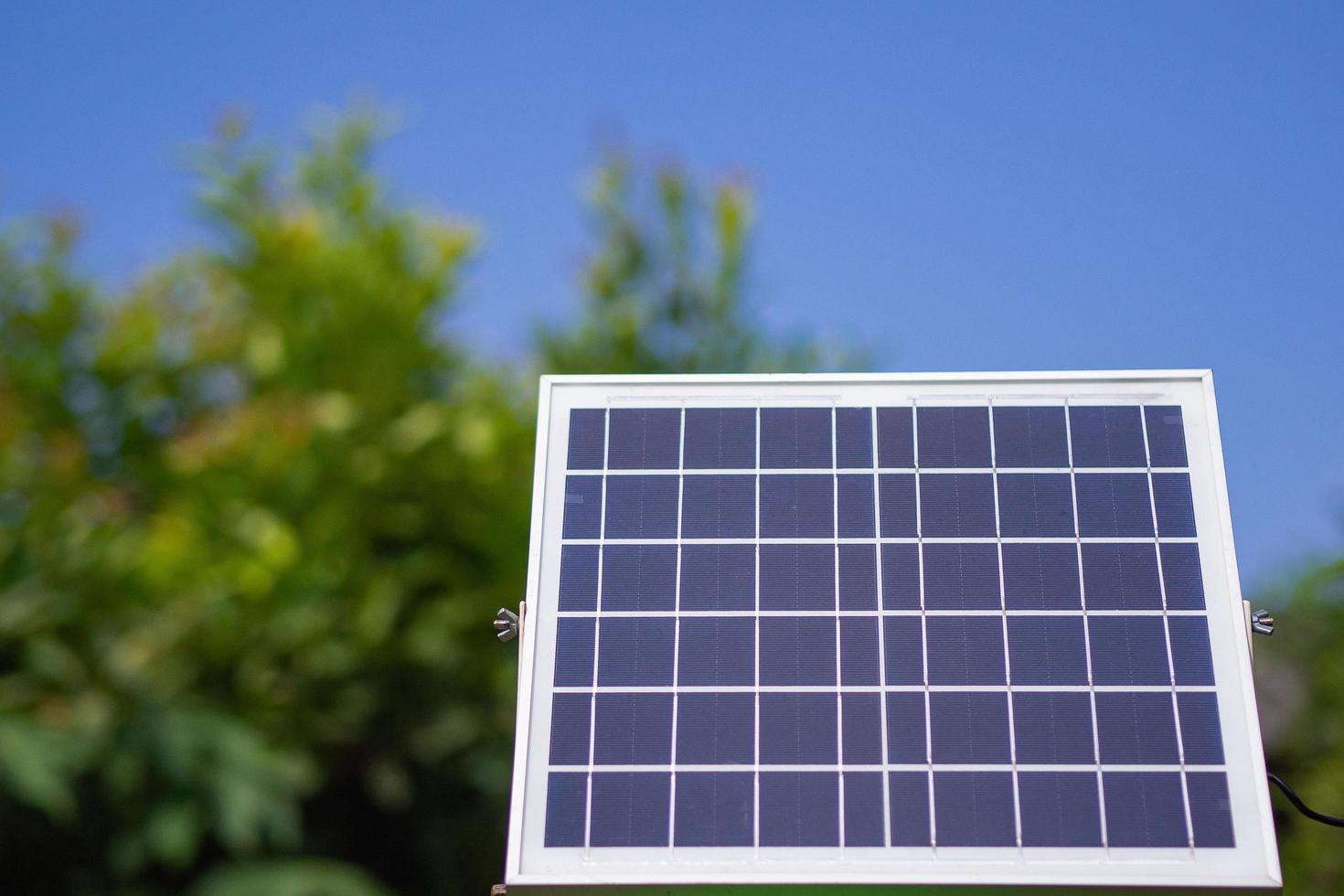
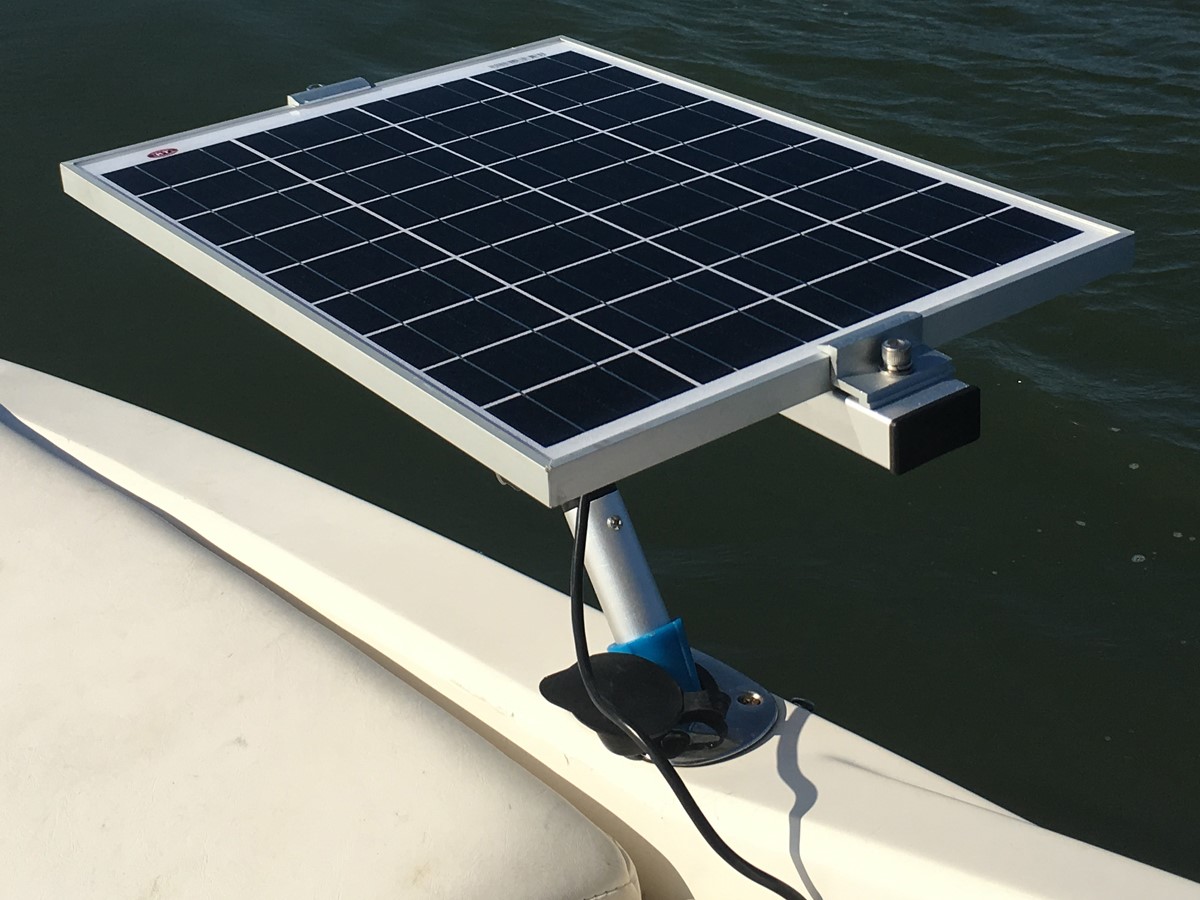
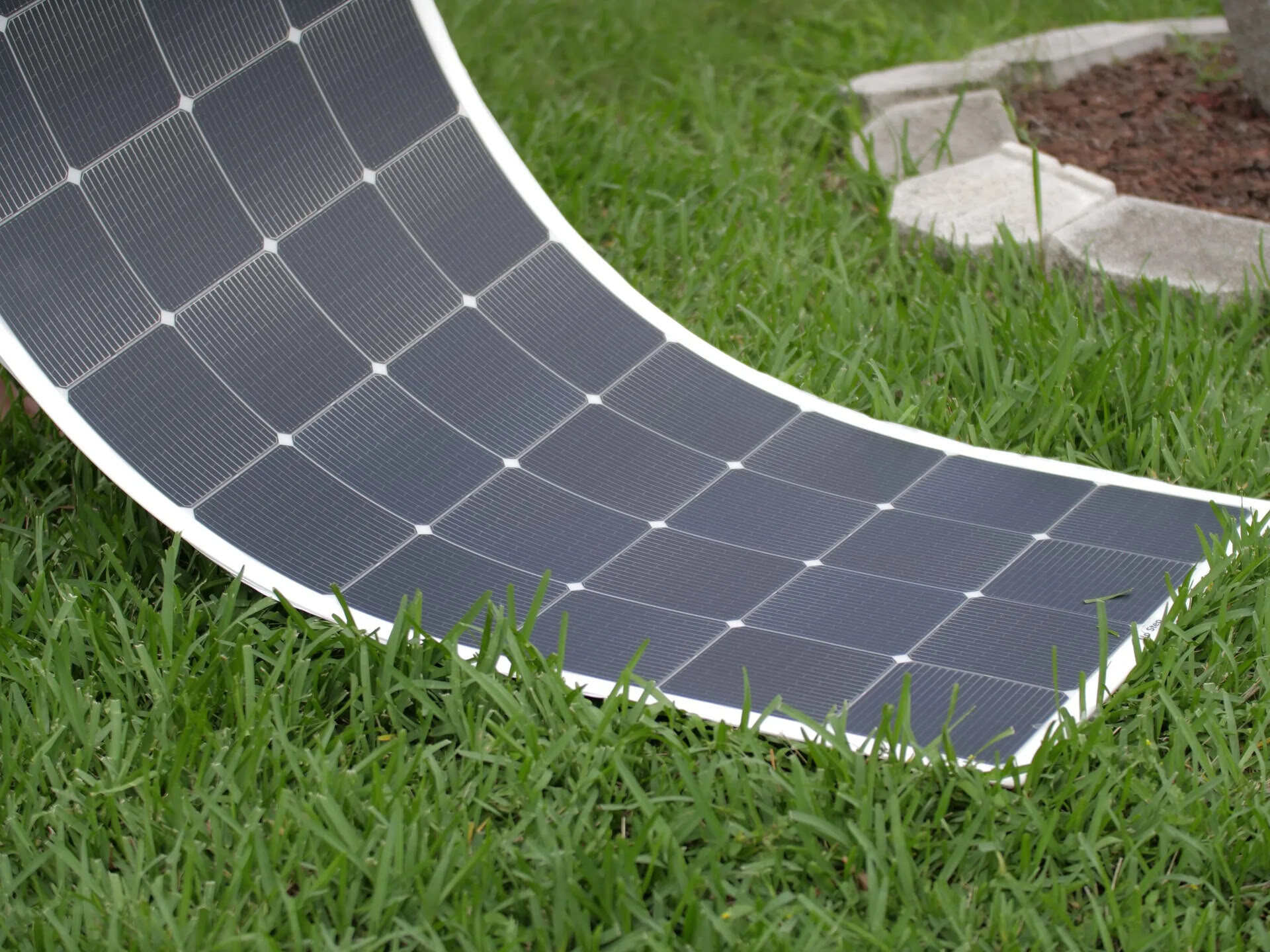
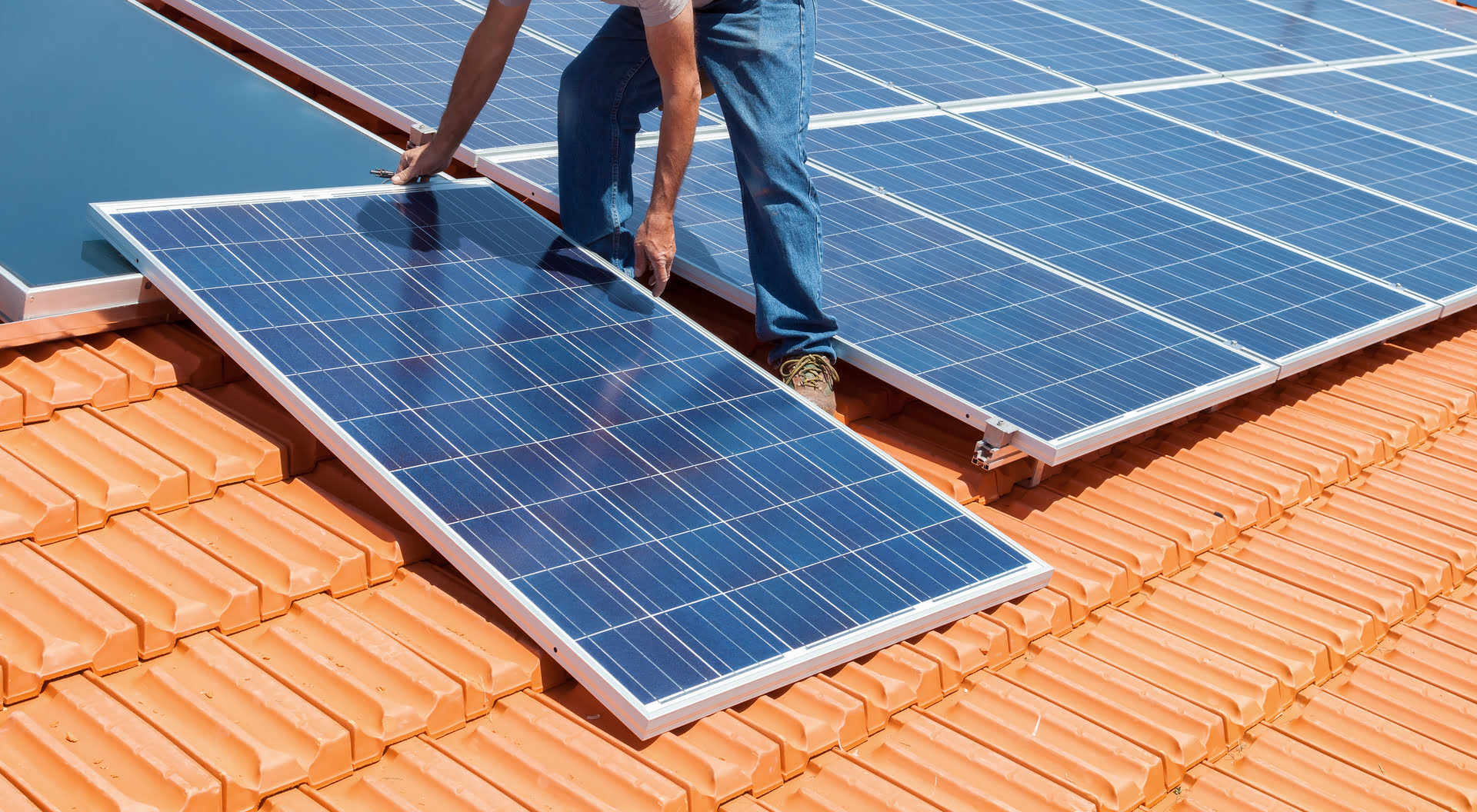
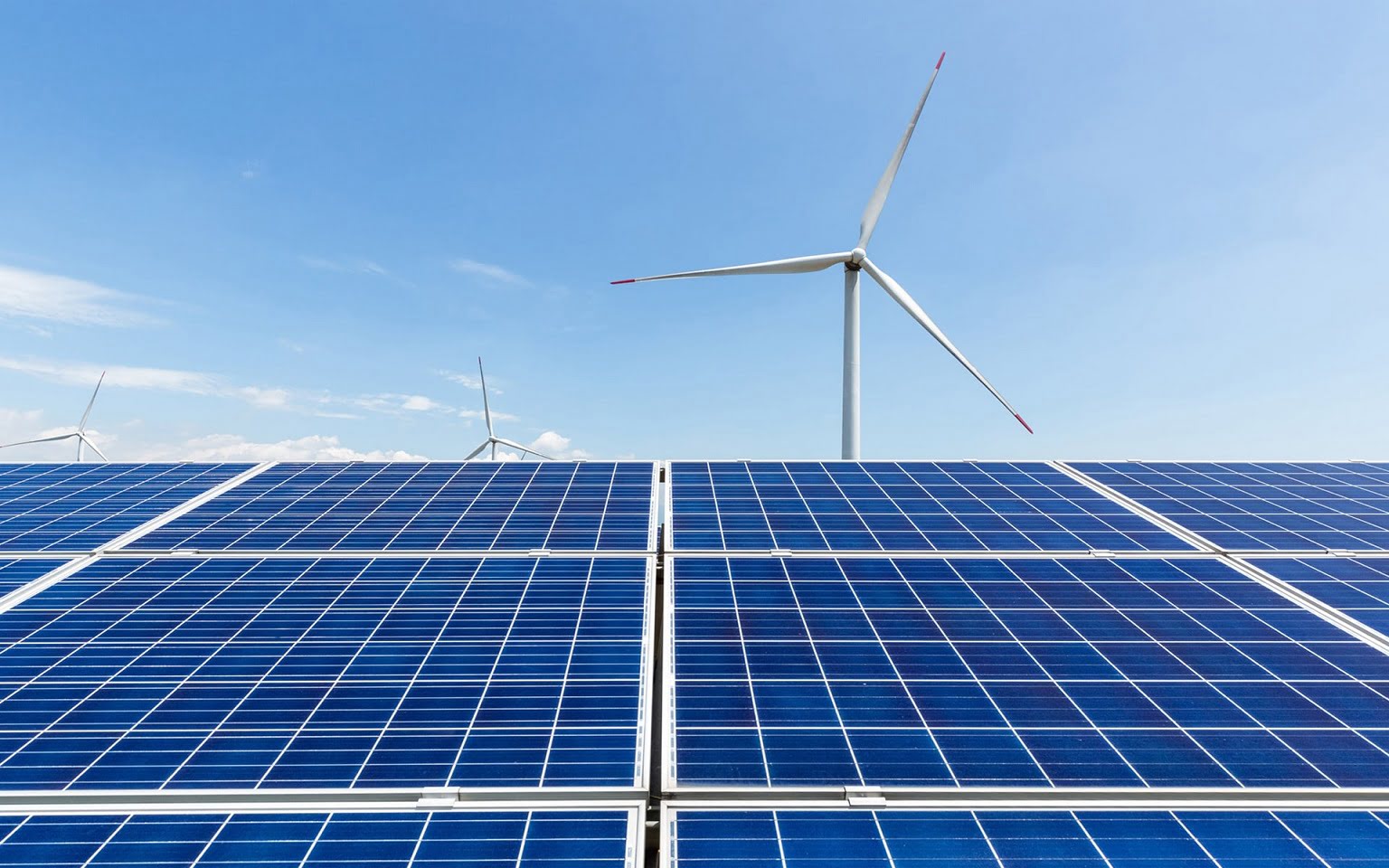
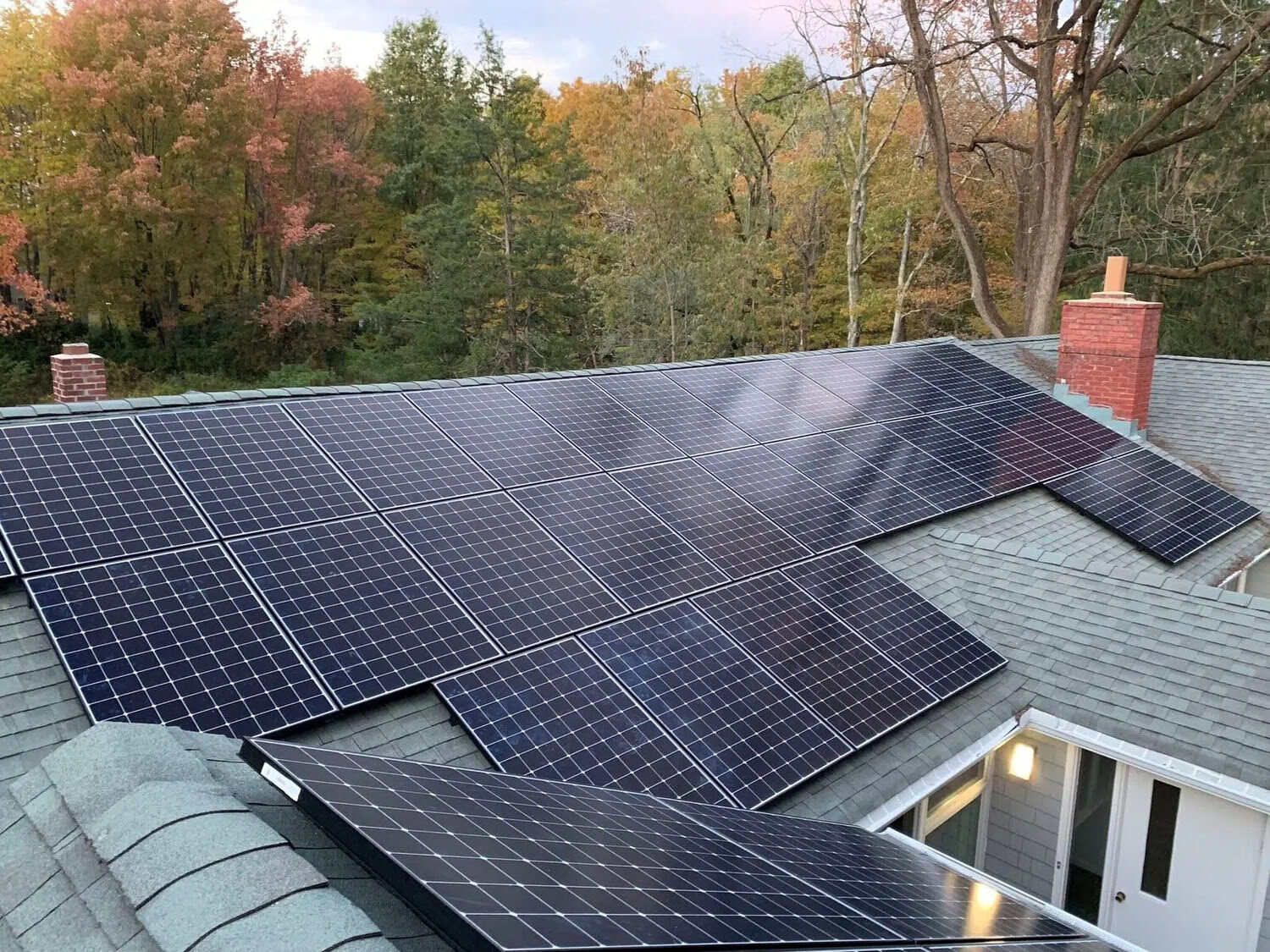

0 thoughts on “How To Store Electricity From Solar Panels”